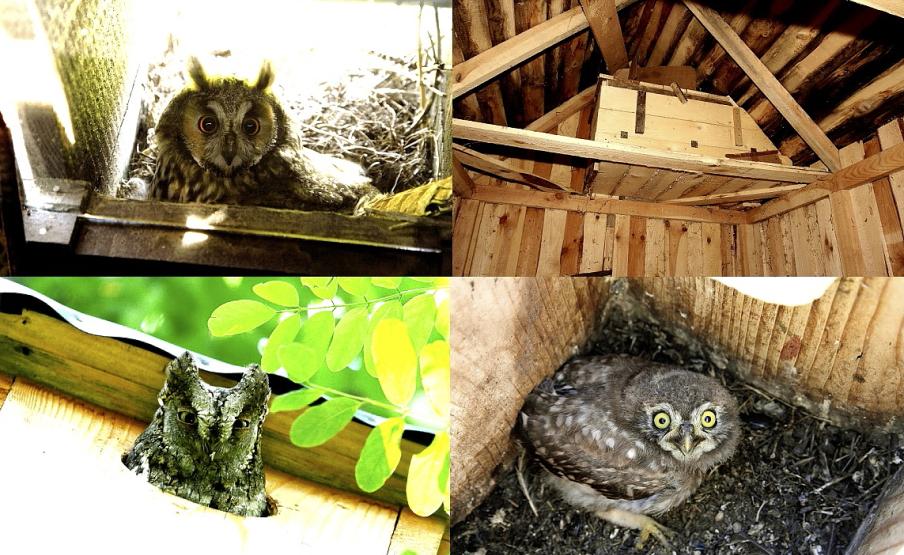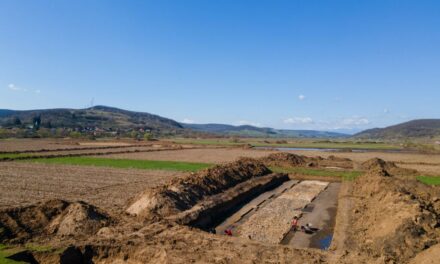Since this type of bird cannot build a nest, anyone can help nesting rodent-destroying owls by placing baskets, artificial nests, and nesting boxes.
The Hungarian Ornithological and Conservation Association (MME) announced that five of Hungary's ten nesting owl species also live in inhabited areas or are specifically considered human trackers. In its announcement, the MME emphasizes that their presence in settlements is important because these birds primarily feed on small rodents and also feed their young with them, thus biologically helping to keep mice and rats that cause problems in cities under control.
In the absence of owls, the rodent population can only be solved by putting out poisoned baits that are dangerous to humans as well as domestic and companion animals, while a single long-eared owl preys on more than a thousand rodents every year, which is already a huge number in the case of large wintering flocks, warns the MME.
The smaller owl species also eat a lot of pest insects, so it doesn't matter how many of these birds live in our inhabited areas, if they live at all.
One of the main obstacles to their settlement is often the lack of suitable nesting sites, as owls cannot build nests.
For their nesting, they need old trees with rotten cavities and thick branching trunks, dens of large woodpeckers, nests of crows, storks, buzzards, and some species need open attics.
The most human-following barn owl can be helped by nesting boxes installed in church steeples and attics, and the settlement of barn owls, small-bodied owls and small-eared owls can be helped with large artificial burrows.
In the case of artificial nests and artificial burrows laid out for owls, the basic principle is that dry grass, fallen leaves or even wood shavings nest material must always be placed in them, in which the laying hen can form a nest depression for the eggs.
Hungary was the first among the first countries in the world to widely use and develop artificial nests, thanks also to the First Hungarian Nesting Factory, which was established in 1905 in Kárász, Baranya county, MME points out in its announcement.













